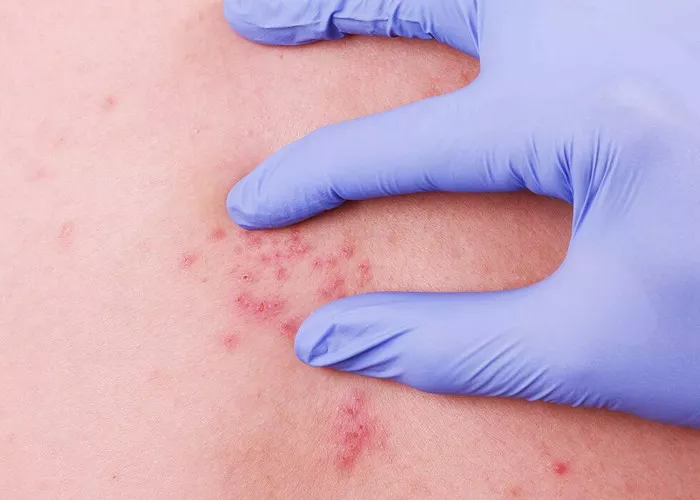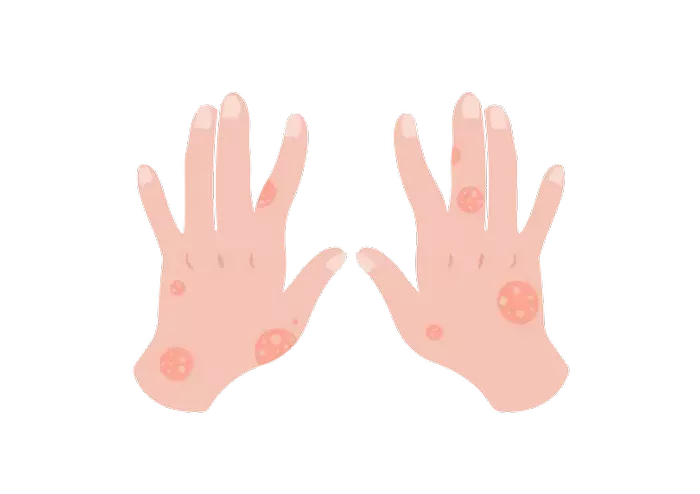Hidradenitis Suppurativa (HS) is a chronic inflammatory skin condition characterized by painful nodules, abscesses, and tunnels under the skin, primarily affecting areas with apocrine sweat glands, such as the armpits, groin, and buttocks. This debilitating condition can significantly impact an individual’s quality of life, including their ability to work and engage in daily activities. In this article, we will explore whether HS qualifies as a disability, examining the legal definition of disability, the severity and impact of HS symptoms, qualifying for disability benefits, workplace accommodations, challenges faced by individuals with HS, treatment options, and coping strategies.
Disability Qualification:
1. Definition of Disability:
The legal definition of disability varies by country and jurisdiction. In the United States, the Americans with Disabilities Act (ADA) defines a disability as a physical or mental impairment that substantially limits one or more major life activities. Major life activities include tasks such as walking, seeing, hearing, speaking, breathing, learning, and performing manual tasks.
2. HS Severity and Impact:
The severity of HS symptoms can vary greatly among individuals, ranging from mild to severe. Severe cases of HS can cause intense pain, discomfort, and disability, impacting a person’s ability to perform daily activities, work, and maintain social relationships. Chronic pain, recurrent infections, and limited mobility are common challenges faced by individuals with HS.
3. Qualifying for Disability Benefits:
Qualifying for disability benefits due to HS involves meeting specific eligibility criteria established by the relevant government agency or insurance provider. Generally, individuals seeking disability benefits must provide medical evidence supporting their HS diagnosis and demonstrating the functional limitations it imposes. This evidence may include medical records, physician statements, and impact statements detailing how HS affects the individual’s ability to work and engage in daily activities.
The process of applying for disability benefits typically involves completing an application form, providing supporting documentation, and undergoing a medical evaluation. In some cases, applicants may be required to appeal a denial of benefits, emphasizing the disabling nature of their HS and the need for financial assistance.
4. Workplace Accommodations:
Under the ADA, individuals with disabilities are entitled to reasonable accommodations in the workplace to enable them to perform essential job functions. Reasonable accommodations may include modifications to work schedules, changes to job duties, provision of assistive devices, and adjustments to the physical work environment.
Examples of potential workplace accommodations for individuals with HS may include:
- Flexible work hours to accommodate medical appointments or flare-ups.
- Access to a private restroom or designated hygiene facilities.
- Modification of uniforms or dress codes to accommodate wound dressings or compression garments.
- Ergonomic seating or workstations to alleviate discomfort during prolonged sitting.
- Employers are legally obligated to engage in an interactive process with employees requesting accommodations and to provide reasonable accommodations unless doing so would impose an undue hardship on the employer.
Living with HS:
1. Challenges and Impact:
Living with HS presents numerous physical, emotional, and social challenges for affected individuals. The chronic nature of the condition can lead to feelings of isolation, depression, and anxiety. Managing pain, wound care, and the stigma associated with visible skin lesions can significantly impact self-esteem and interpersonal relationships. Additionally, the unpredictable nature of HS flare-ups can disrupt daily routines and limit participation in social activities and hobbies.
2. Treatment Options:
While there is no cure for HS, various treatment options are available to manage symptoms and improve quality of life. Medical interventions may include topical and systemic medications, such as antibiotics, corticosteroids, and immunosuppressants, to reduce inflammation and prevent infection. Surgical procedures, such as drainage of abscesses, excision of affected tissue, and skin grafting, may be necessary for severe or recurrent cases of HS.
In addition to medical interventions, lifestyle changes, such as maintaining a healthy weight, practicing good hygiene, and avoiding tight clothing or shaving in affected areas, can help manage symptoms and reduce flare-ups. Support groups and online communities can also provide valuable emotional support and practical advice for individuals living with HS.
3. Coping Strategies:
Coping with the physical and emotional challenges of HS requires resilience and proactive self-care strategies. Some coping mechanisms for managing pain, fatigue, and emotional distress associated with HS include:
- Developing a self-care routine that includes gentle cleansing, wound care, and moisturizing.
- Engaging in relaxation techniques, such as deep breathing, meditation, or yoga, to reduce stress and promote emotional well-being.
- Seeking support from friends, family members, healthcare providers, and support groups to share experiences and receive encouragement.
- Setting realistic goals and priorities, pacing activities, and conserving energy to avoid exacerbating symptoms.
- Advocating for oneself and seeking appropriate medical care and accommodations to address the unique needs associated with HS.
Conclusion
In conclusion, Hidradenitis Suppurativa can have a significant impact on the lives of affected individuals, potentially qualifying as a disability under relevant laws and regulations. By understanding the legal definition of disability, accessing appropriate medical care, and advocating for necessary accommodations and support, individuals with HS can better manage their condition and improve their overall quality of life.


























